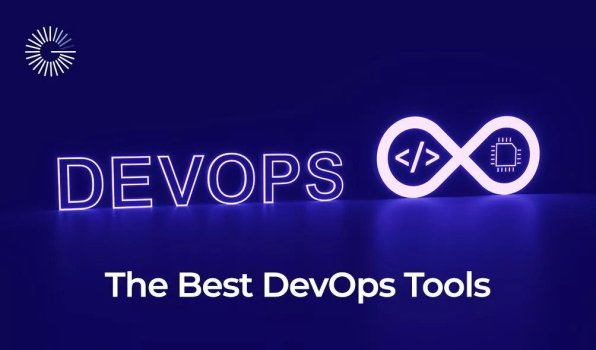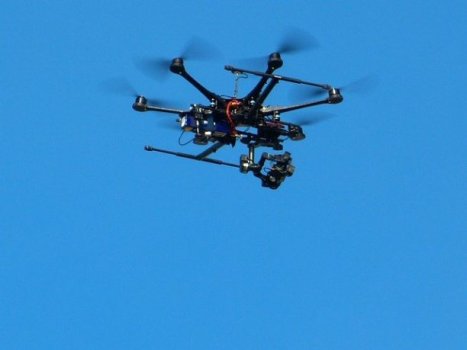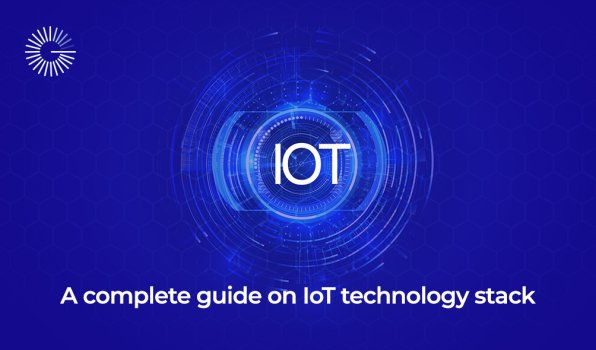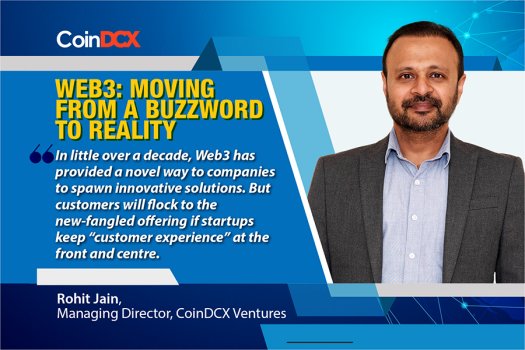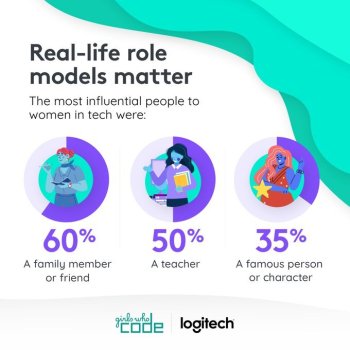Tokenization, DeFi, DAOs, Smart Contracts, NFTs, GameFi – these terms are often used when discussing Web3, a catch-all term to describe the vision of a new, better internet based on blockchain technology. Web3 supporters dream of a future stage of the internet that is led by users, organized in a decentralized network, and run on blockchain technology, in contrast to the current internet, which tech companies and other entities control.
Many have doubted China’s appetite to support Web3 due to the country’s preference for centralized systems and controls and its tight regulations on cryptocurrencies. Yet while overseas venture funds are actively investing in Web3 ecosystems, the Chinese government and top Chinese tech companies have also devoted themselves to building consortium blockchains and have successfully launched blockchain projects in government affairs, commerce, and the broader society.
This article attempts to illustrate the development of the Chinese Web3 industry by assessing the technical characteristics of Chinese blockchain projects and identifying the unique value that differentiates China’s Web3 from other cryptocurrency-based financial markets.
Public chain and consortium chain: Two technical routes in Web3
When it comes to the difference between Web3 in China and in other countries, it is essential to distinguish between two blockchains: the public chain and the consortium chain.
The public chain is open for anyone to join and offers unrestricted access for all users to participate. Data is transparent and cannot be tampered with. It is considered to be a truly decentralized blockchain. The consortium chain is jointly managed by multiple verified organizations. Each organization manages one or more nodes to uphold common goals a
nd ensure accountability. Consortium chains tend to enjoy good privacy protection, low transaction costs, and fast transaction speeds. The core difference between the two chains is that the public chain has a token incentive layer that the consortium chain does not have. Therefore, the former is also known as blockchain with cryptocurrencies, whereas the latter is blockchain without cryptocurrencies.
Continue reading:
https://technode.com/2022/08/25/web3-in-china-will-it-happen-and-what-form-will-it-take/
